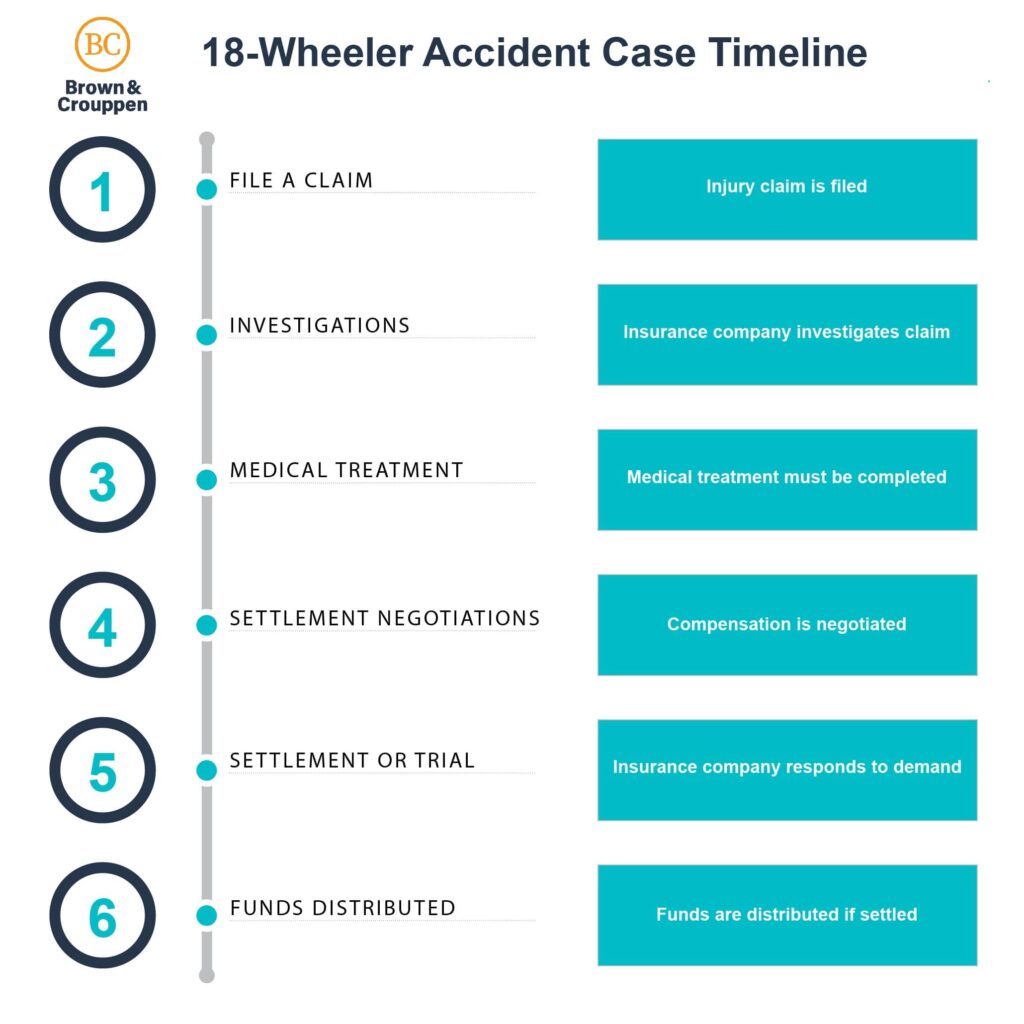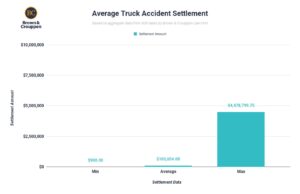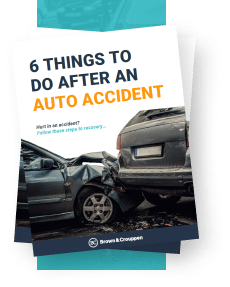18-wheeler Lawsuit Timeline

Claim Filing – The injured party files a claim for compensation with the insurance company of the truck driver, trucking company, or any other party responsible for the accident. In trucking cases, additional parties may be involved, such as the truck manufacturer or a maintenance provider. While terms like “claim” and “lawsuit” are often used interchangeably, they are not the same. A claim is filed with an insurance company, whereas a lawsuit is filed in court if necessary, following formal discovery and evidence rules.
Investigation – Both sides investigate the accident’s causes and resulting damages. Truck accident cases often require extensive evidence collection, including police reports, eyewitness accounts, truck driver logs, GPS data, maintenance records, and any available footage from traffic or dash cameras. Attorneys may also work with accident reconstruction specialists to analyze the crash. This evidence is crucial to building a case that supports the injured party’s claim.
Medical Treatment – In trucking accidents, injuries are often severe, and the treatment process can be lengthy. The injured party may need prolonged medical care, including surgeries, physical therapy, and ongoing rehabilitation. Documentation of all treatments is essential for the claim.
Demand and Negotiation – After gathering all necessary evidence, the personal injury lawyer will submit a demand letter to the insurance company of the responsible party, detailing the compensation requested. In truck accident cases, this step can involve negotiations with multiple insurance providers, as different policies may cover the driver, trucking company, or other responsible parties.
Settlement Agreement – If both parties reach an agreement, the case is settled. Attorneys draft legal documents and releases that clearly define the settlement terms. Once these documents are signed and witnessed, the settlement funds are prepared for disbursement.
Disbursement – The settlement funds are distributed to the injured party, attorneys, and any lien holders, such as medical providers who treated injuries related to the accident. In some trucking cases, liens might also be owed to government agencies or workers’ compensation insurers.


Use our legal checklist to learn what to do after an accident and understand key legal considerations for recovering financial compensation.
Factors That Affect How Long an 18-wheeler Lawsuit Will Take
1. Length of Medical Treatment
To get the full value of a truck accident settlement, you need to reach maximum medical improvement, or something close to that, before settling your case. Maximum medical improvement doesn’t mean that you are back to the level of health that you had prior to the wreck, but rather that you are as good as you are going to get health-wise from a reasonable medical standpoint. This may be after a surgery plus weeks or months of physical therapy or multiple consultations. You have moved from active treatment for your injuries to no treatment or only conservative treatment (i.e., follow-ups with your doctors every six months to a year, depending on what your doctor recommends).
Reaching maximum medical improvement gives the injured party and the insurance adjuster a full picture of what your limitations are expected to be in at least the near future and possibly the years to come. It isn’t just the injury that determines the value of a claim, but the symptoms and limitations that result from the injury.
2. Collecting Medical Bills, Records, and Other Evidence
Once treatment is completed, you’ll need to collect all the medical bills and records to establish the cost of treatment and provide evidence of symptoms and limitations. As the injured party making a claim, you have the burden of proof not only that the other party is at fault for your injuries, but also that you suffered the actual injuries, that the incident caused the injuries, and that you experience symptoms and limitations. The insurance company will not take you at your word. They want to pay as little as possible on your claim. You can prove your injuries and limitations by providing medical bills and records as well as information from your employer for lost wages (or tax returns if you are self-employed).
3. Negotiations & Litigation
Once you have all the information to make your initial demand and get the demand sent off, you must give the insurance company a reasonable period of time to review the records and bills,make a liability determination, and determine how much they are willing to offer on the claim. This period of time depends on the complexity of the case as well as the complexity of the injuries. A rear end collision with soft tissue damages may only require a month to review the demand package, whereas a wreck involving multiple drivers with catastrophic injuries may require 90 or more days to decide. Your truck accident attorney may decide to allow a shorter or longer time for the adjuster to make their decision depending on the applicable state law. Additionally, the insurance company may request more information to make their decision, such as prior medical records. However, not all requests for additional information by the insurance company are reasonable and may be a delay tactic. It’s up to your attorney to weigh whether to provide this information if they believe it will move the case along.
Usually, cases can be resolved through settlement negotiations, but occasionally the injury attorney will recommend filing a lawsuit. Litigation is a time consuming and tiring process but may be required to obtain a just result. Though most cases settle, even in litigation, many do so in the days and weeks immediately before their trial date, which could be years out from the date of filing the suit.


Were you injured in an accident due to someone else’s negligence? Get legal help from the most effective injury law firm in the Midwest.
4. Payout Outstanding Medical Bills
After you’ve finished treatment, completed negotiations or litigation, and you have finally come to an agreement with the insurance company and agreed to a settlement amount. Your attorney has told you what you can expect to receive out of the settlement once the attorney fees, case expenses, medical bills and insurance or loan amounts are paid back. Still, it feels like it’s taking too long to get your check. Why?
Many medical or other insurance providers have a legal right to repayment. Some medical providers may have filed a lien on your case, meaning, they have deferred payment in exchange for the guarantee that they will be paid out of the settlement. Additionally, health insurance providers, including Medicare, Medicaid, Tricare, and other government sponsored health insurance programs have a legal right to receive repayment on healthcare costs associated with your injury treatment. Employer sponsored health insurance providers may also have a right to repayment; talk to your attorney to determine whether yours functions in this way). Your attorney will be obtaining final payoff amounts and likely negotiating the bills down before they pay out the settlement.
Additionally, if you receive a policy limits offer, your attorney will likely be investigating whether the at fault defendant has any additional insurance coverage by requesting their insurance declaration page, and in some circumstances, an affidavit of no other insurance.
Get Help From a Semi Truck Accident Lawyer at Brown & Crouppen Law Firm
If you or a loved one have been injured in a trucking crash and need guidance on when to settle and for how much, contact the trucking accident attorneys at Brown & Crouppen to get a free case evaluation.
Our truck accident attorneys in St. Louis and Kansas City have helped recover over $1 billion as a result of settlements and verdicts for our clients, including those who have been injured in trucking accidents. Our accident and injury attorneys work on a contingency fee basis, meaning there are no upfront costs our legal fees – we only get paid if you win.







